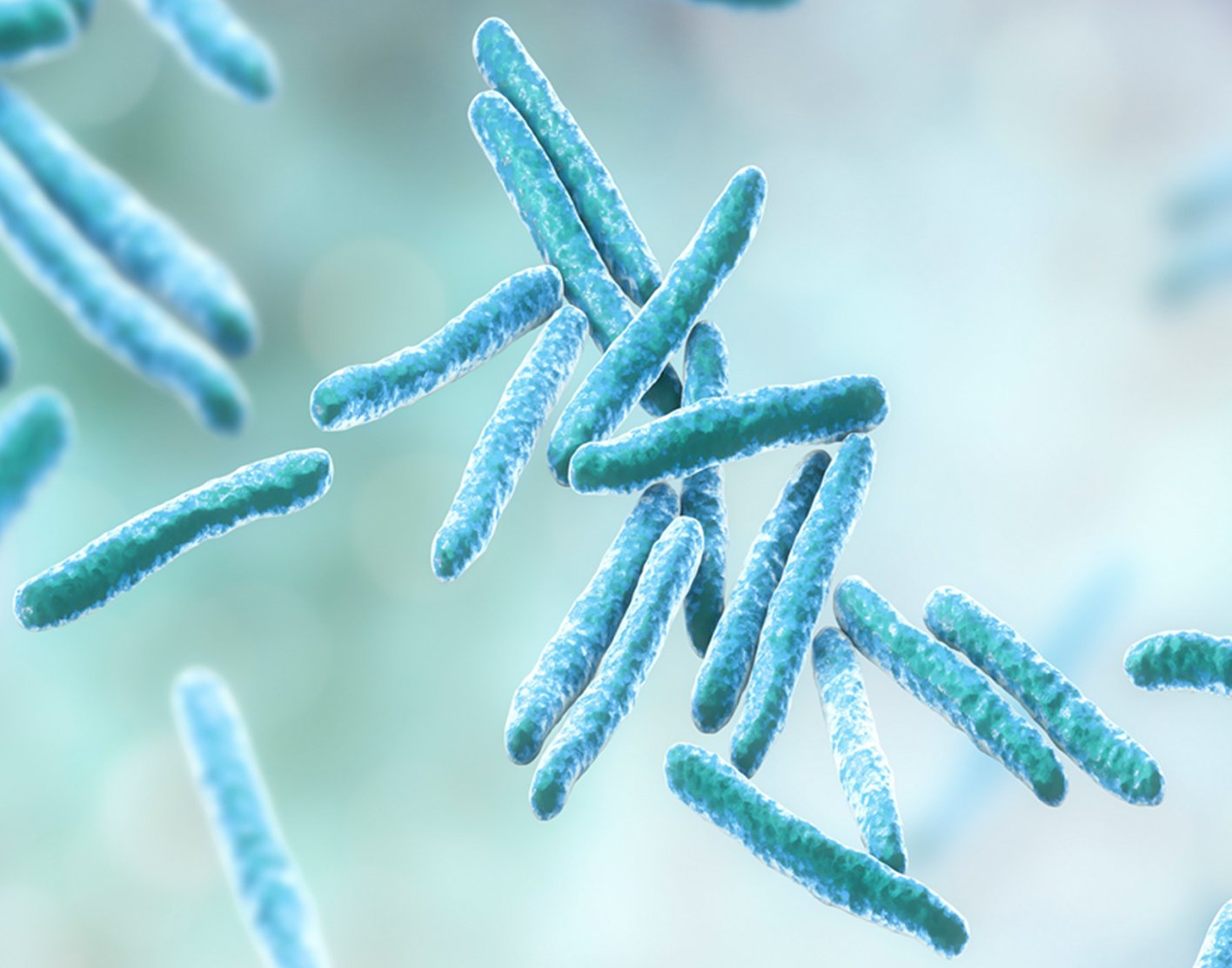
Gastric culture
Definition
Gastric culture is a test to check a child's stomach contents for the bacteria that cause
How the Test is Performed
A flexible tube is gently placed through the child's nose and into the stomach. The child may be given a glass of water and asked to swallow while the tube is inserted. Once the tube is in the stomach, the health care provider uses a syringe to remove a sample of the stomach contents.
The tube is then gently removed through the nose. The sample is sent to a lab. There, it is placed in a special dish called a culture medium and watched for the growth of bacteria.
How to Prepare for the Test
Your child will need to fast for 8 to 10 hours before the test. This means your child cannot eat and drink anything during that time.
The sample is collected in the morning. For this reason, your child will likely be admitted to the hospital the night before the test. The tube can then be placed in the evening, and the test done first thing in the morning.
How you prepare your child for this test depends on your child's age, past experience, and level of trust. Follow your provider's instructions on how to prepare your child.
Related topics include:
Infant test or procedure preparation (birth to 1 year)Toddler test or procedure preparation (1 to 3 years)Preschooler test or procedure preparation (3 to 6 years)School age test or procedure preparation (6 to 12 years)Adolescent test or procedure preparation (12 to 18 years)
How the Test will Feel
While the tube is being passed through the nose and throat, your child will feel some discomfort and may also feel like vomiting.
Why the Test is Performed
This test can help diagnose lung (pulmonary) TB in children. This method is used because children cannot cough up and spit out mucus until about age 8. They swallow the mucus, instead. (That is why young children only rarely spread TB to others.)
The test may also be done to help identify viruses, fungi, and bacteria in the gastric contents of people with cancer, AIDS, or other conditions that cause a weakened immune system.
The final results of the gastric culture test may take several weeks. Your provider will decide whether to start treatment before knowing the test results.
Normal Results
The bacteria that cause TB are not found in the stomach contents.
What Abnormal Results Mean
If the bacteria that cause TB grow from the gastric culture, TB is diagnosed. Because these bacteria grow slowly, it may take up to 6 weeks to confirm the diagnosis.
A test called a TB smear will be done first on the sample. If the results are positive, treatment may be started right away. Be aware that a negative TB smear result does not rule out TB.
This test can also be used to detect other forms of bacteria that do not cause TB.
Risks
Anytime a nasogastric tube is inserted down the throat, there is a small chance it will enter the windpipe. If this happens, your child may cough, gasp, and have trouble breathing until the tube is removed. There is also a small chance that some of the stomach contents may enter the lung.
References
Cruz AT, Starke JR. Tuberculosis. In: Cherry JD, Harrison GJ, Kaplan SL, Steinbach WJ, Hotez PJ, eds. Feigin and Cherry's Textbook of Pediatric Infectious Diseases. 8th ed. Philadelphia, PA: Elsevier; 2019:chap 96.
Fitzgerald DW, Sterling TR, Haas DW. Mycobacterium tuberculosis.In: Bennett JE, Dolin R, Blaser MJ, eds. Mandell, Douglas, and Bennett’s Principles and Practice of Infectious Diseases. 9th ed. Philadelphia, PA: Elsevier; 2020:chap 249.
Hatzenbuehler LA, Starke JR. Tuberculosis (Mycobacterium tuberculosis). In: Kliegman RM, St. Geme JW, Blum NJ, Shah SS, Tasker RC, Wilson KM, eds. Nelson Textbook of Pediatrics. 21st ed. Philadelphia, PA: Elsevier; 2020:chap 242.
Marcdante KJ, Kliegman RM. Tuberculosis. In: Marcdante KJ, Kliegman RM, eds. Nelson Essentials of Pediatrics. 8th ed. Philadelphia, PA: Elsevier; 2019:chap 124.
Review Date: 01/07/2021
The information provided herein should not be used during any medical emergency or for the diagnosis or treatment of any medical condition. A licensed physician should be consulted for diagnosis and treatment of any and all medical conditions. Call 911 for all medical emergencies. Links to other sites are provided for information only -- they do not constitute endorsements of those other sites. Copyright ©2019 A.D.A.M., Inc., as modified by University of California San Francisco. Any duplication or distribution of the information contained herein is strictly prohibited.
Information developed by A.D.A.M., Inc. regarding tests and test results may not directly correspond with information provided by UCSF Health. Please discuss with your doctor any questions or concerns you may have.



























